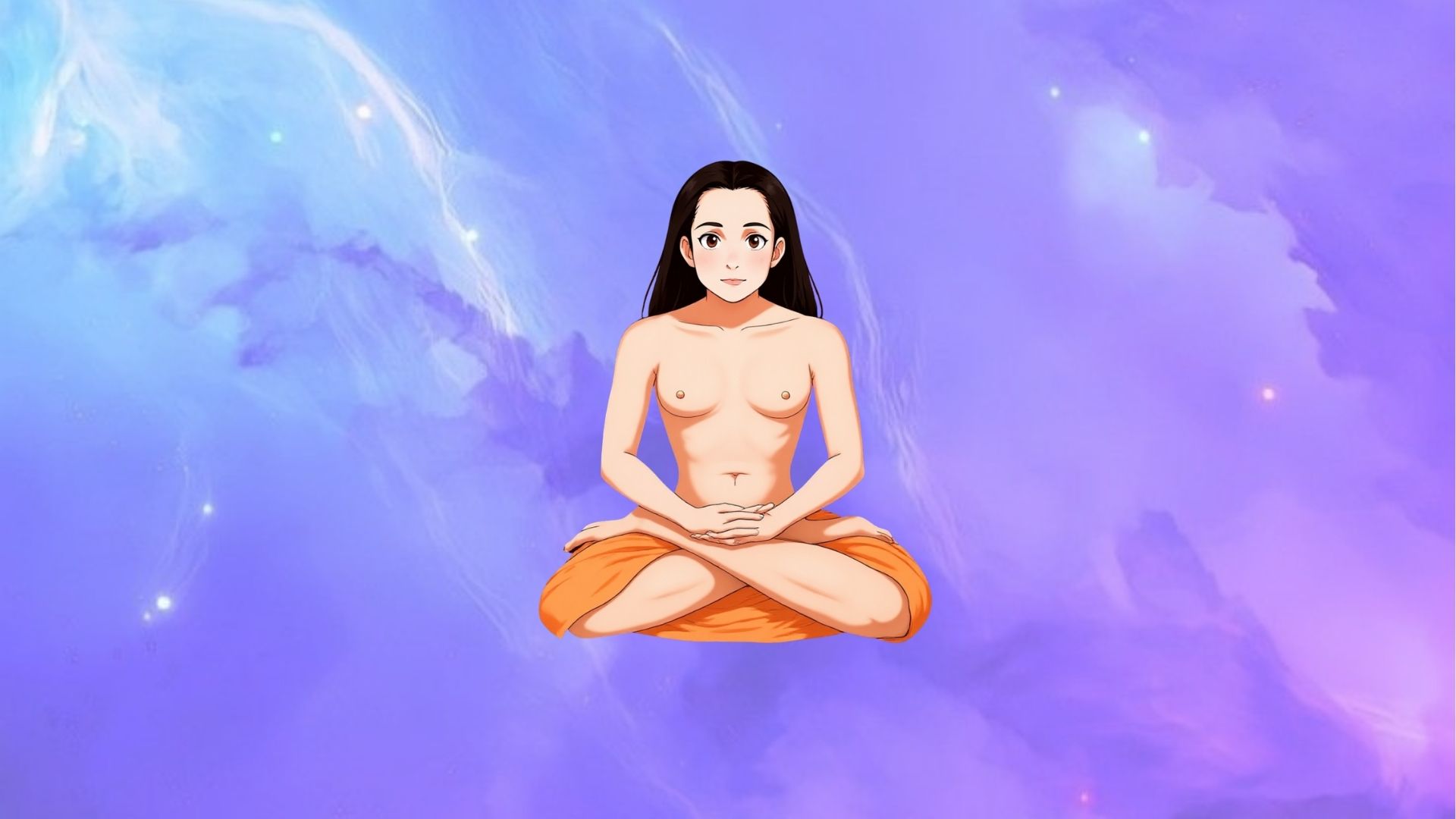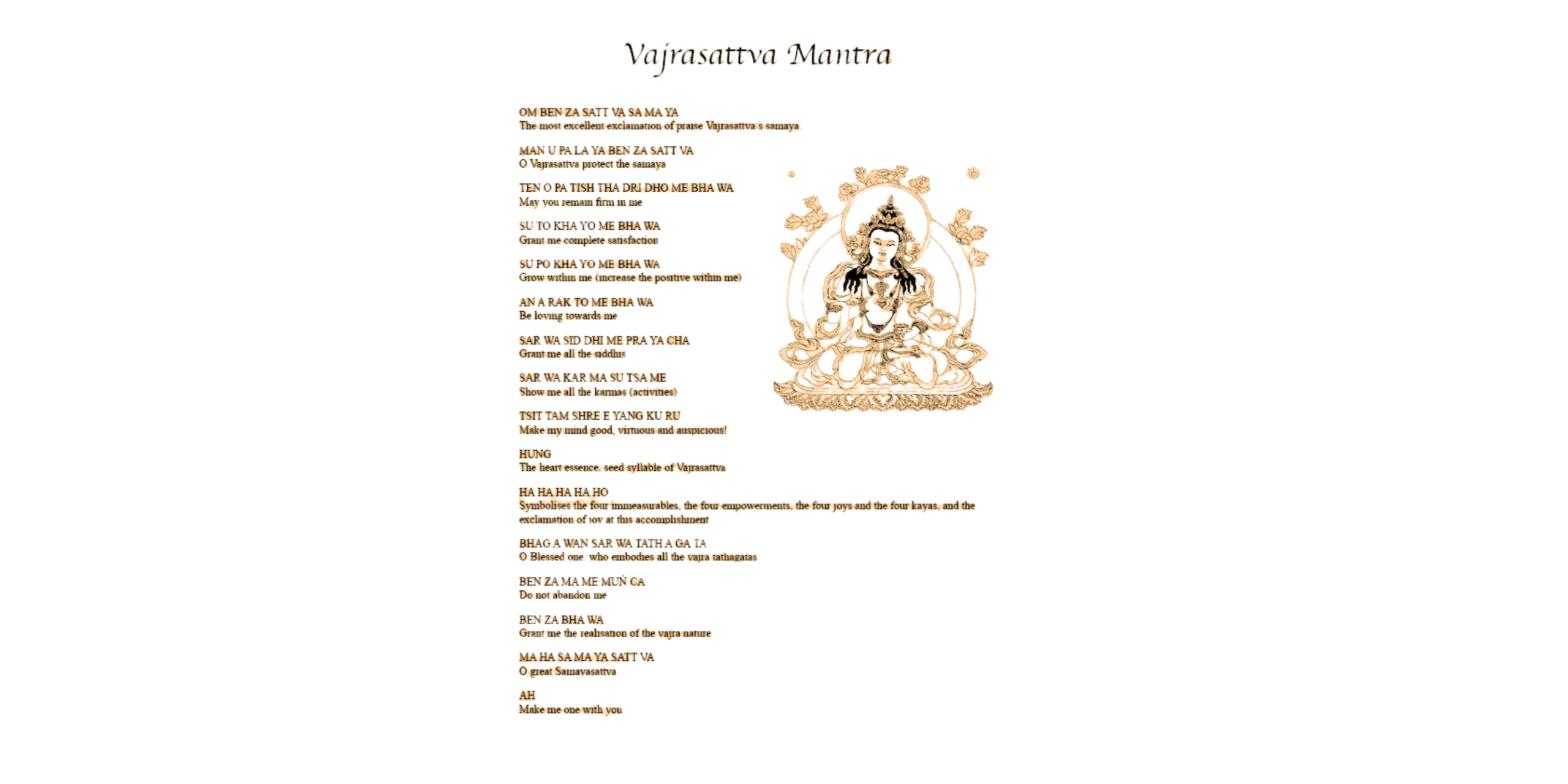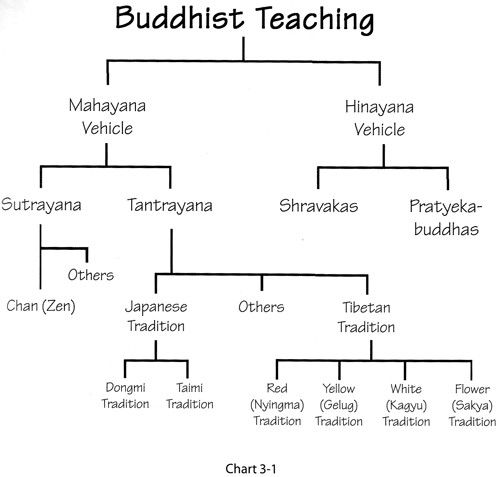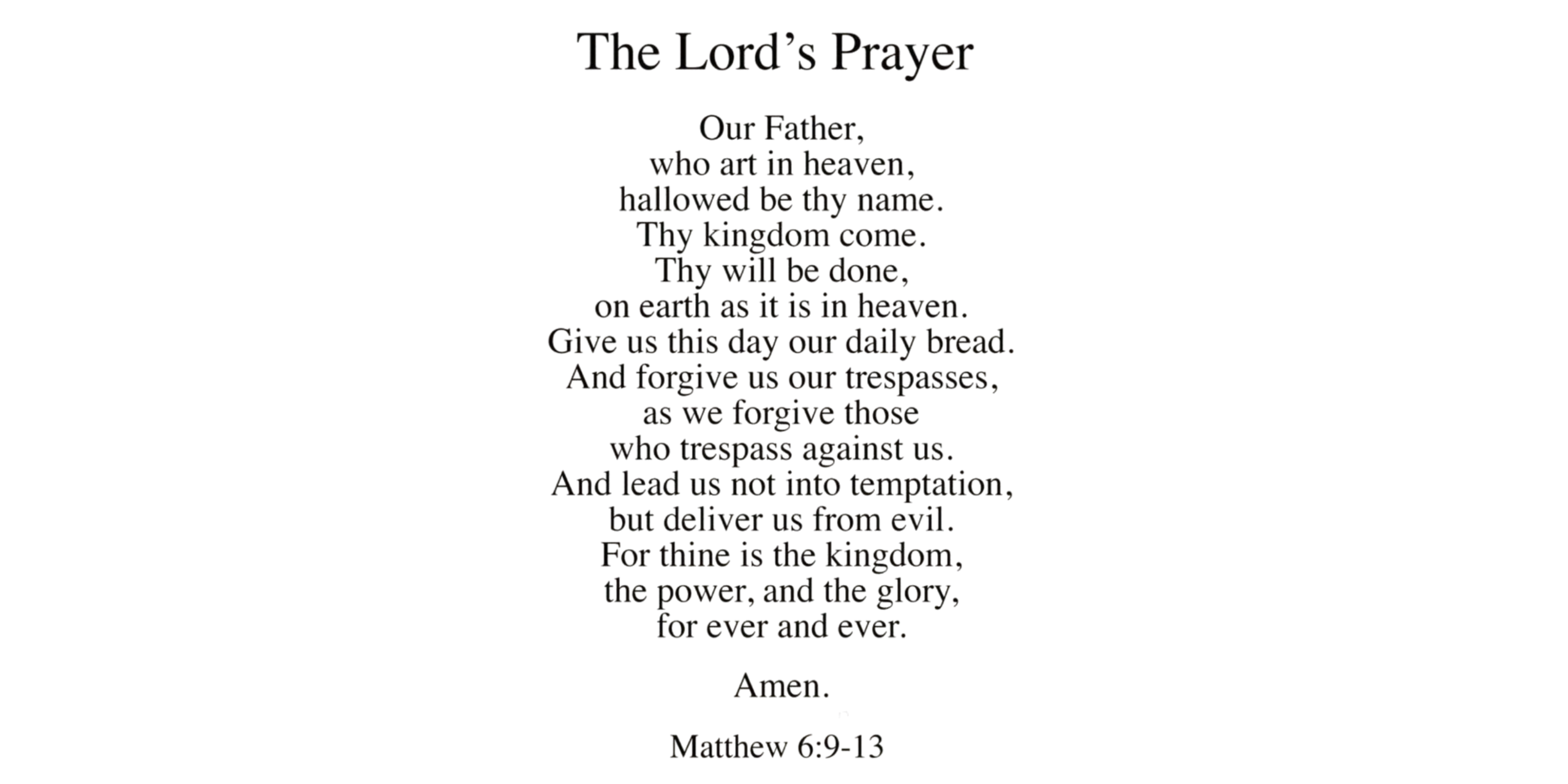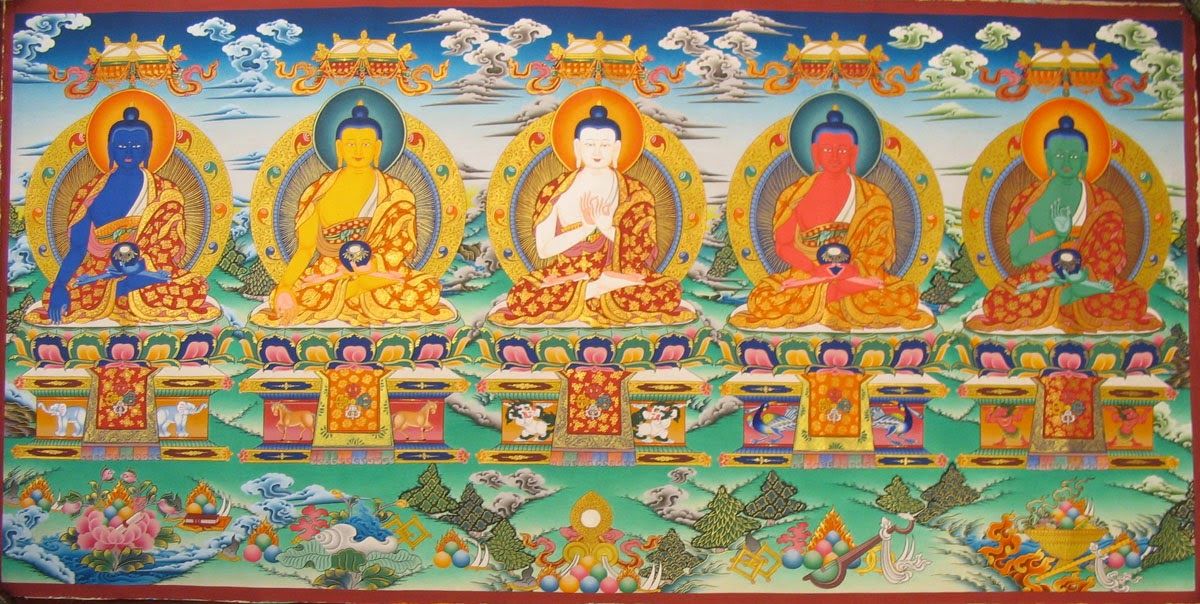It’s said that some truths aren’t taught, they’re remembered. That’s how many seekers describe their first experience with Kriya Yoga. It feels familiar, ancient, like something the soul already knew but had long forgotten. But what exactly is Kriya Yoga? And where did it all begin?
Let’s slow down, breathe, and explore the birth of this profound yogic path.
What is Kriya Yoga?
Kriya Yoga is not a single technique, it’s a pathway to inner stillness. Rooted in ancient Indian spiritual tradition, Kriya Yoga is a system of breathing techniques (pranayama), meditation, and inner discipline that aims to quiet the mind and awaken the soul.
But don’t mistake it for another “wellness routine.” It’s not about perfect posture or chasing mental clarity. At its heart, Kriya is a deeply personal inward journey.
- It emphasises breath as the bridge between body and spirit.
- It uses energy awareness to dissolve restlessness.
It trains you to feel the inner current, not just control it.
And unlike many modern yoga practices, Kriya doesn’t start with the body. It begins with energy – prana – and flows inward.
The Silent Currents of Ancient Wisdom
Although the term “Kriya Yoga” was popularised in recent centuries, its essence has existed for thousands of years. Traces of it appear in ancient Indian scriptures like the Yoga Sutras of Patanjali, where Kriya Yoga is defined as:
“Tapah Svadhyaya Ishwara Pranidhanani Kriya Yogah.”
(Self-discipline, self-study, and surrender to the divine—this is Kriya Yoga.)
Simple words, but they point to a profound reality: Kriya Yoga is not just about doing; it’s about being.
According to many spiritual traditions, Kriya techniques were originally passed down orally – from teacher to students – in secluded forests, mountain caves, and sacred ashrams. There were no marketing flyers or workshop promos. Just quiet transmission, one soul to another.
The Revival: Lahiri Mahasaya and the Himalayan Master
So how did Kriya Yoga re-emerge in the modern world?
The story takes us to the mid-19th century, to a government clerk named Shyama Charan Lahiri, later known as Lahiri Mahasaya. While posted in the foothills of Ranikhet, he encountered a mysterious yogi known only as Babaji—a Himalayan master said to be timeless and ageless.
Under Babaji’s guidance, Lahiri Mahasaya was initiated into Kriya Yoga. But instead of keeping the practice confined to renunciates, Babaji instructed Lahiri to teach householders – people with jobs, families, and everyday lives. This was revolutionary.
Kriya Yoga was no longer just for monks. It became a path open to anyone willing to look inward.
Lahiri quietly taught hundreds, without building a following or an organisation. His home became a haven for spiritual seekers from all walks of life – scholars, merchants, officials, and mystics.
Paramahansa Yogananda and the Global Voice
While Lahiri Mahasaya planted the seed, it was Paramahansa Yogananda who carried it across oceans.
In 1920, Yogananda travelled to the United States, where he introduced Kriya Yoga to the Western world through lectures, writings, and his spiritual classic “Autobiography of a Yogi.”
If you’ve read the book, you know it doesn’t feel like reading. It’s more like sitting by a fire while someone tells you a story that stirs something deep inside.
Through Yogananda, Kriya Yoga became a bridge between East and West—offering a practice that was spiritual, yet scientific; ancient, yet accessible.
He explained that Kriya is a method to “accelerate the evolution of consciousness.” Not in abstract terms, but through measurable inner change – calmness, clarity, joy.
What Makes Kriya Yoga Different?
There’s no shortage of spiritual tools today – meditation apps, breathwork retreats, online mindfulness courses. So, what sets Kriya apart?
Here’s what many practitioners find unique:
- It’s not technique-driven, but awareness-driven. While there are specific practices, they’re not mechanical they guide you inward.
- It’s subtle, not showy. There’s no need for outward performance. In fact, the more invisible your practice becomes, the deeper it gets.
- It’s gradual, but deep. It’s not a quick fix. But those who stay with it often report a steady inner transformation—one that feels rooted, not rushed.
The Inner Mechanics: A Glimpse (Not a Manual)
Kriya Yoga works primarily through breath and energy control. By consciously slowing the breath and directing the life force (prana) through the spinal axis, practitioners learn to still the mind and expand awareness.
It’s often described like this:
- Each breath becomes a prayer.
- Each breath becomes a step inward.
- Each breath becomes a return home.
While detailed techniques are traditionally taught through initiation (to preserve their integrity and safety), the core idea is simple: when you calm the breath, you calm the mind. And when the mind is calm, the soul starts to speak.
Why the Birth of Kriya Still Matters Today
In a world spinning with speed – scrolling screens, notifications, endless noise – Kriya Yoga offers something rare: a return to stillness.
Its birth wasn’t about creating a movement. It was about remembering what’s already within us.
Kriya doesn’t promise escape from life. Instead, it invites you to live life more consciously. To sit with your breath. To notice your inner weather. To feel the sacred in the simple.
In that way, the birth of Kriya isn’t just a historical event. It’s a living transmission, one that continues every time a seeker closes their eyes, straightens their spine, and begins to breathe with intention.
A Note for the Curious Seeker
If Kriya Yoga stirs something in you curiosity, calmness, or even a quiet nudge – you don’t have to rush into it. Read. Reflect. Listen to your intuition.
And if one day you find yourself ready, know that it doesn’t require a mountaintop or a monastery. Just a little silence. A little breath. And a willingness to look inward.
As Yogananda beautifully put it:
“Kriya Yoga is the airplane route to God.”
But remember, even airplanes take off only when we sit still long enough to board.
Stay curious. Stay gentle. And may your breath always guide you home.
At Masi Wellness, we offer gentle guidance and learning spaces for those drawn to deeper spiritual practices like Kiya Yoga. Reach out when the time feels right – your path is always waiting.
References
Self-Realization Fellowship (SRF) – Official Site of Paramahansa Yogananda
https://yogananda.org
Ananda Sangha – Kriya Yoga Teachings
https://www.ananda.org/kriya-yoga/
Kriya Yoga Institute – Hariharananda Lineage
https://kriya.org
Yoga Sutras of Patanjali (Sacred Texts Archive)
https://www.sacred-texts.com/hin/yogasutr.htm
Autobiography of a Yogi (Online version)
https://www.ananda.org/autobiography-of-a-yogi/
The Yoga Sutras of Patanjali – Commentary by Swami Satchidananda
https://www.integralyoga.org/the-yoga-sutras-of-patanjali/

